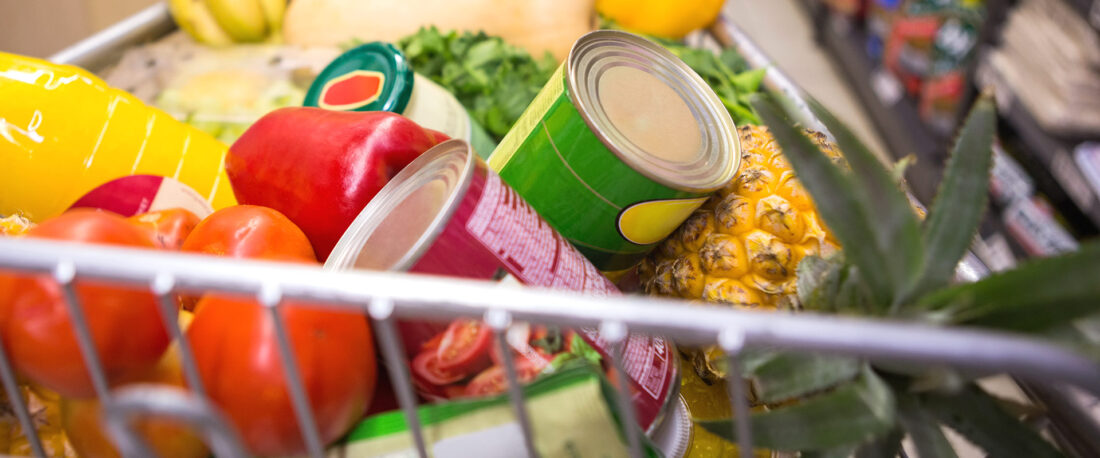How to read food labels
Do you know how to read food labels? Reading labels can be really tricky. Food manufacturers love to use misleading tricks to convince us to buy highly processed and unhealthy products. One of the best tips may be to completely ignore claims on the front of the packaging. Health claims on packaged food are designed to catch your attention and convince you that the product is healthy.
Here are some of the most common claims and what they mean:
Light.
Light products are processed to reduce either calories or fat. Some products are simply watered down. Check carefully to see if anything has been added instead — like sugar.
Multigrain.
This sounds very healthy but only means that a product contains more than one type of grain. These are most likely refined grains — unless the product is marked as whole grain.
Natural.
This does not necessarily mean that the product resembles anything natural. It simply indicates that at one point the manufacturer worked with a natural source like apples or rice.
Organic.
This label says very little about whether a product is healthy. For example, organic sugar is still sugar.
No added sugar.
Some products are naturally high in sugar. The fact that they don’t have added sugar doesn’t mean they’re healthy. Unhealthy sugar substitutes may also have been added.
Low-calorie.
Low-calorie products have to have one-third fewer calories than the brand’s original product. Yet, one brand’s low-calorie version may have similar calories as another brand’s original.
Low-fat.
This label usually means that the fat has been reduced at the cost of adding more sugar. Be very careful and read the ingredients list.
Low-carb.
Recently, low-carb diets have been linked to improved health. Still, processed foods that are labeled low-carb are usually still processed junk foods, similar to processed low-fat foods.
Made with whole grains.
The product may contain very little whole grains. Check the ingredients list — if whole grains aren’t in the first three ingredients, the amount is negligible.
Fortified or enriched.
This means that some nutrients have been added to the product. For example, vitamin D is often added to milk. Yet, just because something is fortified doesn’t make it healthy.
Gluten-free.
Gluten-free doesn’t mean healthy. The product simply doesn’t contain wheat, spelt, rye, or barley. Many gluten-free foods are highly processed and loaded with unhealthy fats and sugar.
Fruit-flavored.
Many processed foods have a name that refers to a natural flavor, such as strawberry yogurt. However, the product may not contain any fruit — only chemicals designed to taste like fruit.
Zero trans fat.
This phrase means “less than 0.5 grams of trans fat per serving.” Thus, if serving sizes are misleadingly small, the product may still contain trans fat.
Best option is to eat Whole Foods! Whole Foods doesn’t need an ingredients list. Still, if you decide to buy packaged foods, be sure to sort out the junk from the higher-quality products with the helpful tips in this blog.




No Comments